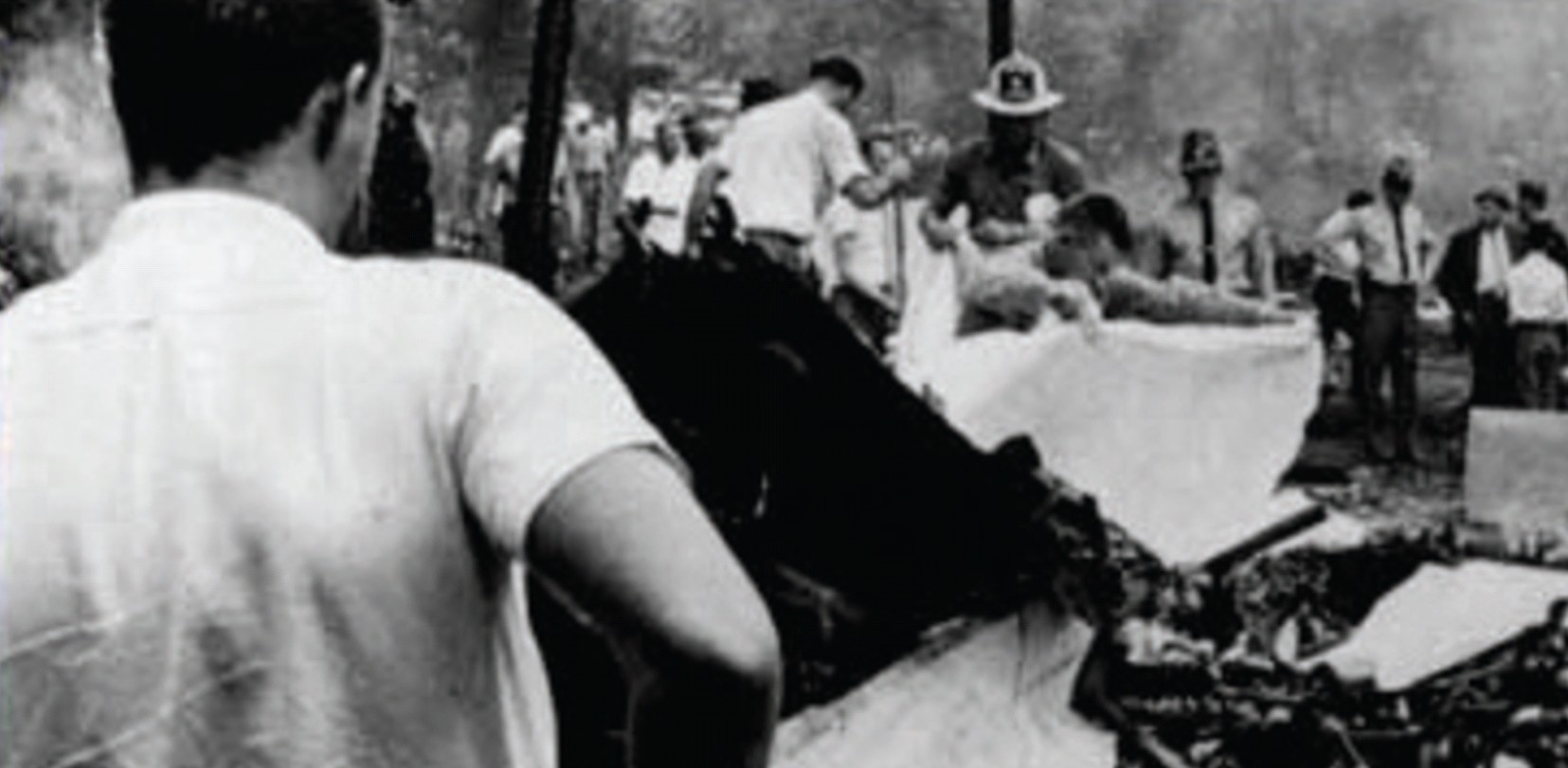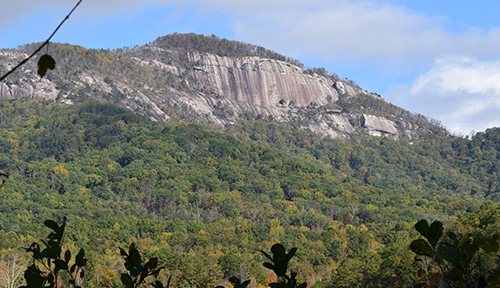Notable Men of Henderson County: Charles de Choiseul Part I
By: Dan Gibbs
Charles de Choiseul’s time in Henderson County was short but he had a major impact on the area and was returned to his final resting place at St. John’s in the Wilderness church, a Civil War hero.
He was born in France around 1818 to Xavier comte de Choiseul and Sarah Johnes. He arrived in the United States in 1830 with his family when his father became the French Consulate in Charleston, SC, a position he held until 1856. Charles and his family moved to Flat Rock in 1836 after several visits to the home of the Baring’s and purchasing 200 acres in Flat Rock.
Xavier de Choiseul first built what became called the Saluda Cottages in Flat Rock and then in 1836 Charles moved to Flat Rock with his mother and two sisters, Louisa and Beatrix, to oversee the building of Chanteloupe, their mountain estate built on 3000 acres of land in Flat Rock. Xavier traveled back and forth between Flat Rock and Charleston taking care of his business interests. Chanteloupe was completed around 1840.
In 1841 a location was picked for Henderson County’s county seat to be called Hendersonville. It was to be on 50 acres of land donated by Flat Rock resident Judge Mitchell King.
The location was to be on the sight of what was known as Chinquapin Hill because of a massive grove of Chinquapin trees and bushes in the area. Charles de Choiseul was elected to be the surveyor and lay out the streets for the newly formed Hendersonville. The only stipulation was that Main Street had to be 100 feet wide to allow a horse and buggy to be able to turn around. The streets of Hendersonville today are as Charles de Choiseul laid them out in 1841 with the exception of some aesthetic changes made to Main Street over the years.
Charles de Choiseul made his way to New Orleans by 1850 where he became a naturalized American citizen and an attorney. He was also active in the civic affairs of New Orleans. He was considered a leader of the French Creole citizens in New Orleans. He was invited to join the Pickwick Club in New Orleans in 1857, a club started by six of his fellow attorney’s . The Pickwick Club was a gentleman’s social club that is still in existence today.
He also joined the New Orleans militia in 1857 and came to play a vital role in the defense of New Orleans at the outbreak of the Civil War. He later became a Lieutenant Colonel in the 7th Louisiana Regiment.
Charles de Choiseul is a fascinating character and he wore many hats in his short life. Rodney Coddington’s article on the Find a Grave Memorial website about Charles de Choiseul provided a great starting point for my research and I also made several trips to St. John’s in the Wilderness church to view the de Choiseul’s headstones. The headstones were also valuable in my research.







